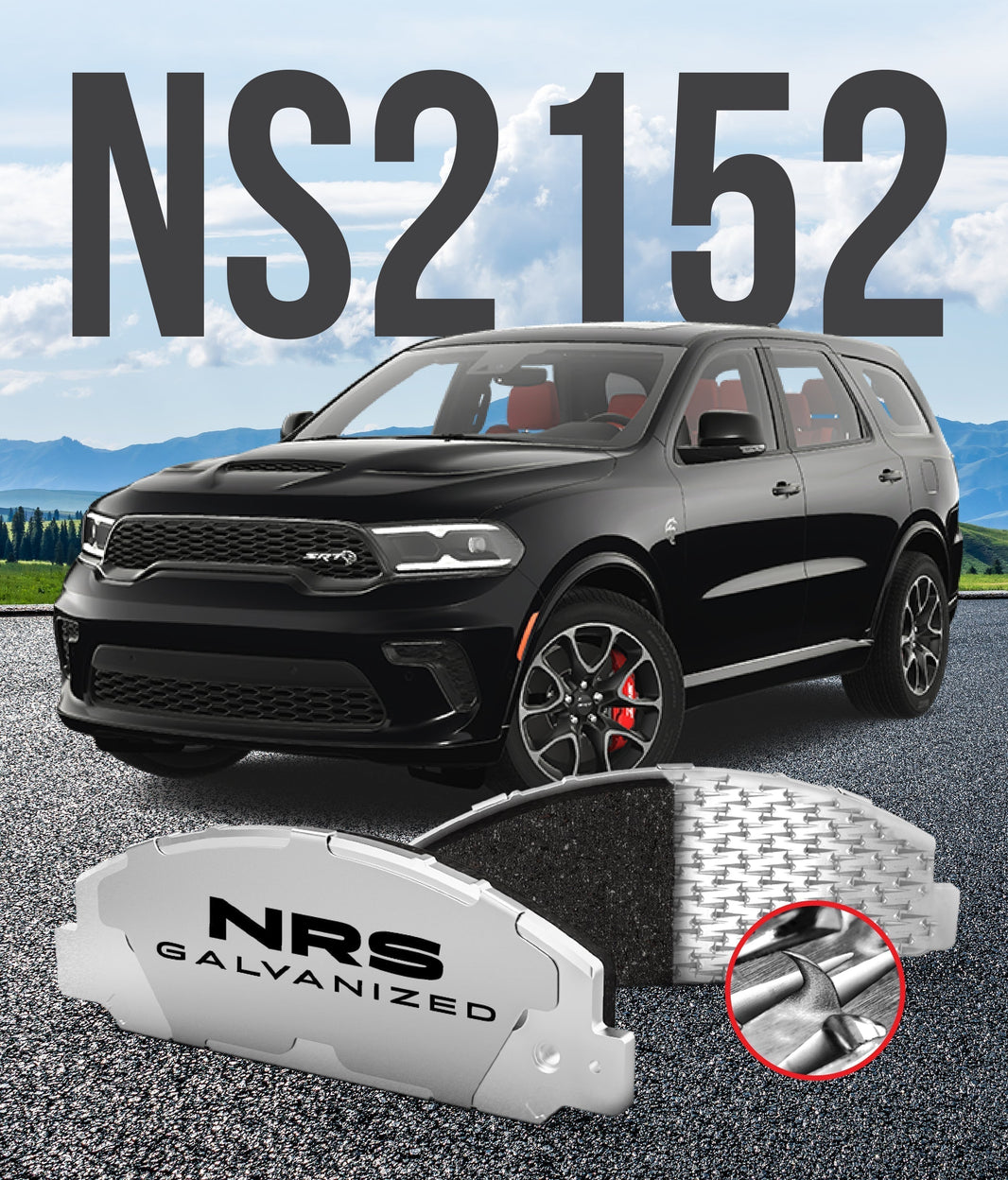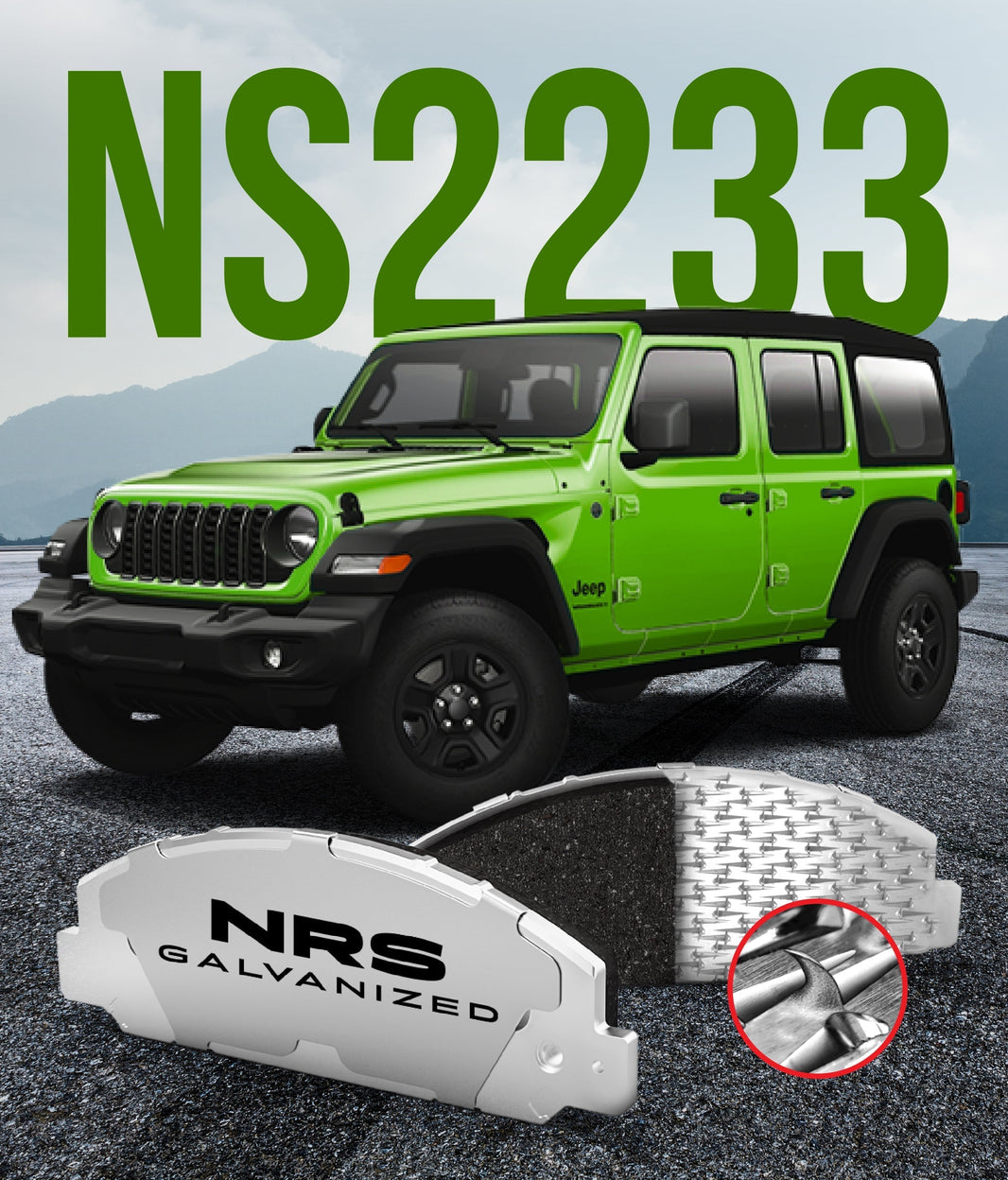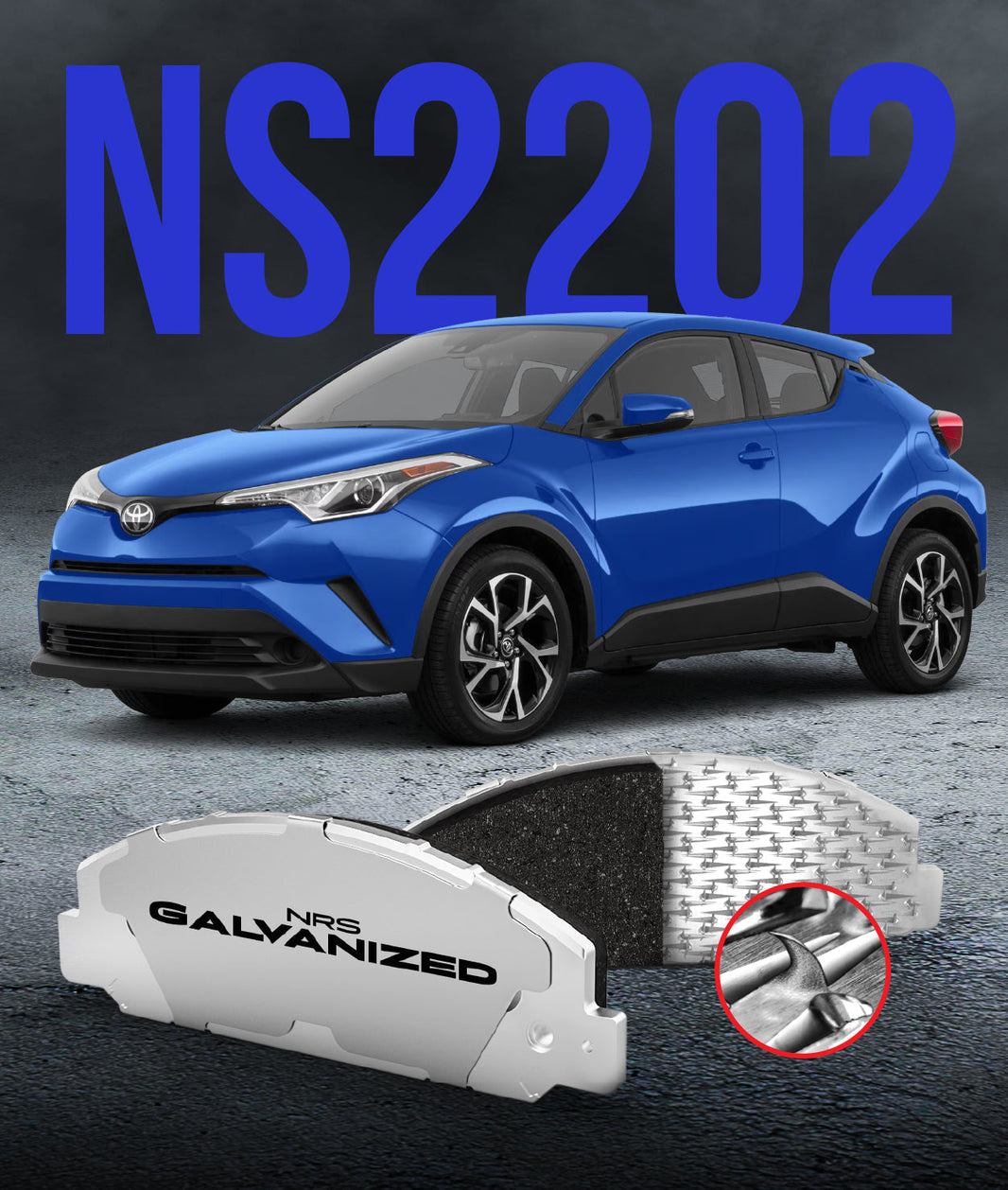 What is the most powerful clamp you own? While you might think of a tool in your workshop, the correct answer is likely the set of four powerful clamps attached to the wheels of your car. These essential components are your vehicle’s brake calipers, and their job is one of the most critical on your entire vehicle.
What is the most powerful clamp you own? While you might think of a tool in your workshop, the correct answer is likely the set of four powerful clamps attached to the wheels of your car. These essential components are your vehicle’s brake calipers, and their job is one of the most critical on your entire vehicle.
The brake caliper is the hydraulic heart of the modern disc brake system. It is the component responsible for converting the pressure you create with your foot into the immense clamping force needed to stop your car. This guide will explain what a brake caliper is, break down its internal components, and describe how it performs its vital function.
The Caliper's Role in the Disc Brake System
In the simplest terms, a brake caliper is a hydraulic clamp. Its primary purpose is to squeeze a pair of brake pads against the two sides of a spinning brake rotor. This action creates a massive amount of friction, which converts the kinetic energy of your moving car into heat and brings you to a safe stop.
Think of it like a powerful C-clamp or a bench vise. The caliper body forms the frame of the clamp, and one or more pistons act as the screw that tightens it. When you press the brake pedal, this powerful clamp tightens on the rotor to slow the car down.
A Look Inside: The Anatomy of a Brake Caliper
While it may look like a simple metal casting from the outside, a brake caliper is a precision-engineered hydraulic device. It contains several key parts that must work together perfectly to provide reliable and consistent braking force. Understanding these parts helps to appreciate how the entire disc brake system functions.
These components are designed to operate under incredible pressure and in a very harsh environment.
-
Caliper Body/Housing: This is the main iron or aluminum casting that forms the structure of the brake caliper. It contains the piston bores and the channels that allow brake fluid to flow.
-
Caliper Piston(s): These are the round, cup-shaped plungers that sit inside the caliper’s cylinder bores. When high-pressure brake fluid enters the caliper, it pushes these pistons outward.
-
Piston Seal: This is a square-cut rubber seal located in a groove deep inside the piston bore. It has two jobs: to prevent brake fluid from leaking past the piston and to flex slightly to help retract the piston when you release the brake pedal.
-
Dust Boot: This is a flexible, accordion-style rubber boot that fits around the outside of the piston. Its only job is to protect the piston and the bore from water, salt, and road debris, which can cause corrosion and seizure.
-
Bleeder Screw: This is a small, special valve located at the top of the caliper. It allows a technician to open the system to "bleed" out any trapped air, which is essential for a firm and responsive brake pedal.
The Two Main Designs: Floating vs. Fixed Calipers
While all calipers perform the same basic function, they come in two primary designs. The way they apply clamping force to both sides of the rotor is what differentiates them. Your vehicle will have either a floating caliper design or a fixed caliper design.
Each has its own set of advantages and is chosen by automotive engineers based on the vehicle's intended performance and cost targets.
The Floating Caliper
This is the most common type of brake caliper found on production cars, trucks, and SUVs today. It is a cost-effective and highly reliable design. A floating caliper has its piston or pistons located on only one side of the brake rotor (the inboard side).
When you apply the brakes, the piston pushes the inner brake pad against the rotor. This action causes the entire caliper body to slide inward on a set of lubricated guide pins. This sliding motion pulls the outer brake pad into contact with the other side of the rotor, creating an even clamping force.
The Fixed Caliper
A fixed caliper, as its name implies, does not move. It is bolted solidly in place and has pistons located on both the inboard and outboard sides of the brake rotor. These are typically found on high-performance sports cars, heavy-duty trucks, or racing vehicles.
When you apply the brakes, hydraulic pressure is sent to all pistons on both sides of the caliper simultaneously. These opposing pistons push the brake pads inward from both sides, clamping the rotor between them like a vise. This design is more rigid and can provide more clamping force, but it is also more complex and expensive.
A Quick Comparison
The choice between the two designs comes down to a balance of performance, complexity, and cost. Floating calipers are simpler, lighter, and less expensive to manufacture, making them ideal for the vast majority of vehicles. Fixed calipers offer superior rigidity and heat distribution for high-demand applications, but at a higher cost and weight.
Common Caliper Problems and Symptoms
A brake caliper is a robust component, but it is not immune to failure. Because it operates in such a harsh environment, its moving parts are susceptible to corrosion and wear over time. Recognizing the symptoms of a faulty caliper is key to maintaining a safe vehicle.
Most caliper failures are related to the inability of its parts to move freely.
-
Sticking Slide Pins: This problem affects floating calipers only. If the slide pins corrode and can no longer move freely, the caliper cannot center itself. This results in severe, uneven pad wear and can cause a brake pull.
-
Seized Piston: This is the most common serious failure. Corrosion and debris build up inside the caliper bore, causing the piston to become stuck. A seized piston can either fail to apply pressure, or more dangerously, fail to retract, causing the brake to drag constantly.
-
Fluid Leaks: If the main piston seal fails, brake fluid can leak out of the caliper. This will result in a soft, spongy brake pedal that may sink to the floor. A fluid leak is a critical safety issue that requires immediate attention.
-
Torn Dust Boot: A cracked or torn rubber dust boot is often the root cause of a seized piston. It allows moisture and road grime to get past the piston and into the sensitive bore area, where it causes corrosion.
Maintenance and Care for Your Calipers
To ensure a long and reliable service life from your calipers, proper maintenance is essential. While they are often overlooked during a simple pad swap, giving them a little attention can prevent major problems down the road. This is a critical part of every brake pad change.
The two most important maintenance tasks are cleaning and lubrication, and regular fluid changes. Always clean any rust or debris from the caliper bracket and lubricate the slide pins with high-temperature grease. A full brake fluid flush every two to three years will prevent internal corrosion by removing moisture-contaminated fluid.
Conclusion: The Unseen Workhorse of Your Brakes
The brake caliper is the powerful workhorse of your disc brake system. It performs the critical task of converting hydraulic pressure into the mechanical force that slows your vehicle. Whether you have a common floating caliper or a high-performance fixed design, its proper function is absolutely essential for your safety.
Understanding its role and the importance of its moving parts makes it clear that a brake job is about more than just pads and rotors. The next time you service your brakes, pay close attention to the health of your calipers. At our company, we have spent decades perfecting the Best Brake Pads to work flawlessly within a properly maintained brake system, ensuring that the clamp, the pad, and the rotor all work together to provide a safe and confident stop.
Have you ever had to replace a brake caliper, and what were the symptoms that led to the diagnosis?




